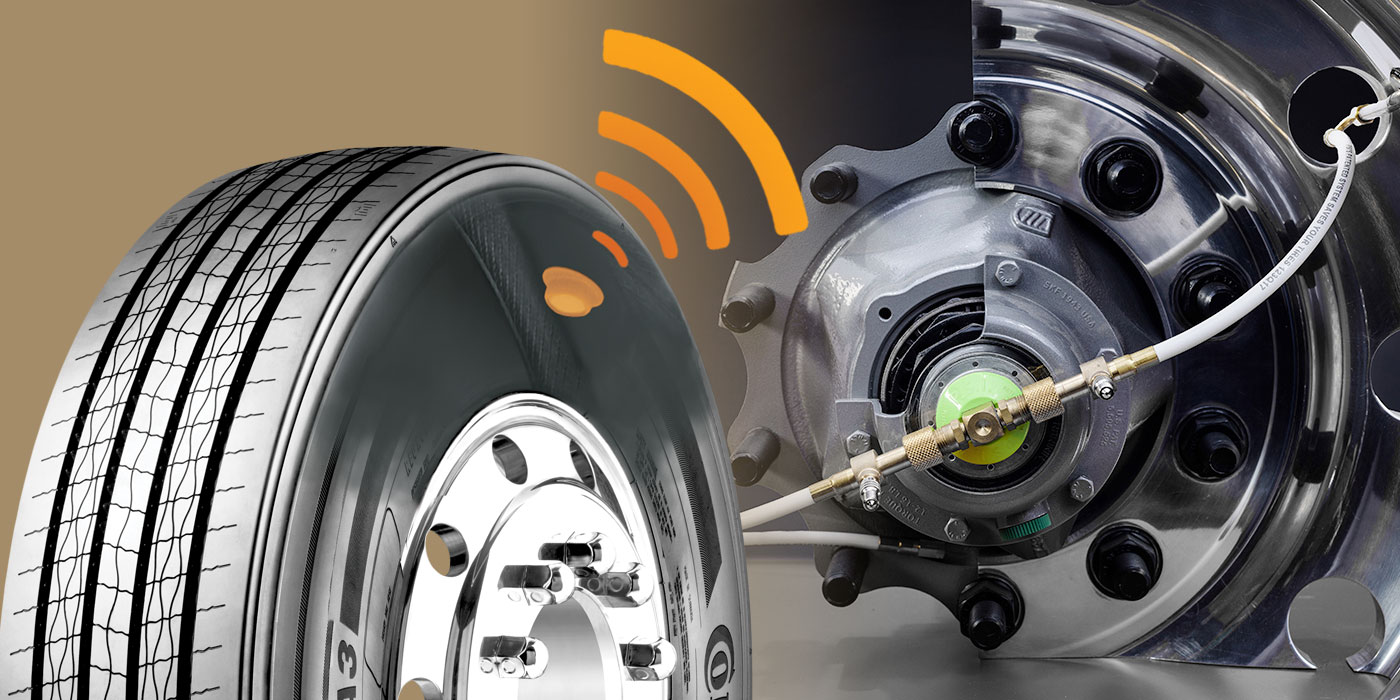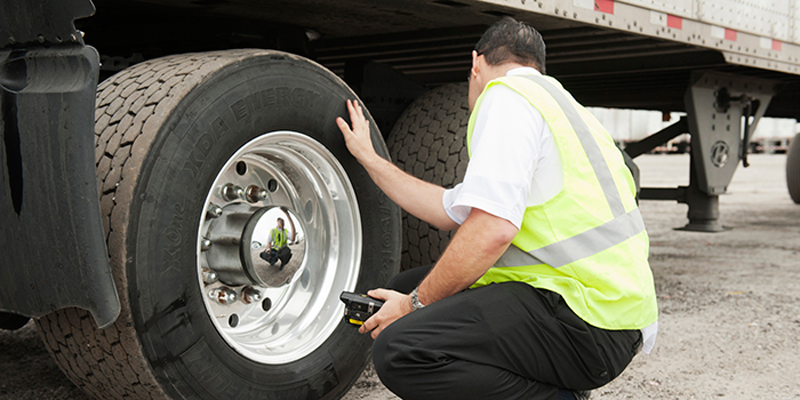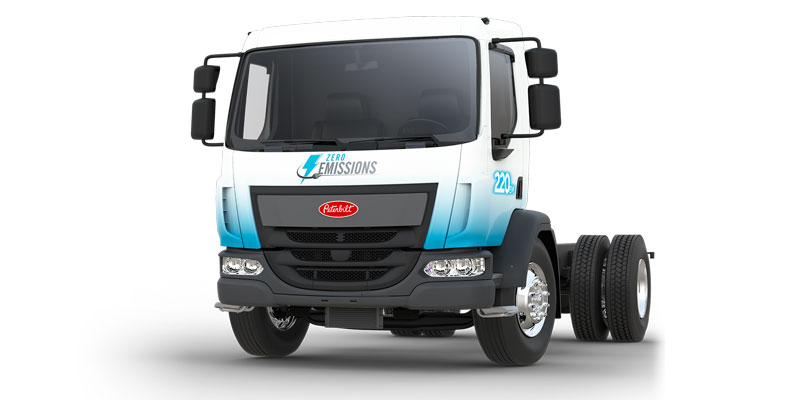We now have the proposal for Phase 2 of the joint EPA/NHTSA proposal and, in truth, I was disappointed by the time I had reached end of the first page—1,339 pages is not a proper Government discussion document. I had expected—and had $10 on— the tome weighing-in north of 1,500 pages; to come in shy of this leaves me both disappointed and $10 worse off. We live in troubled times.
That aside, there is much to ponder. Obviously, the caveat remains that these are proposals set out for purposes of discussion and, while they may point to the directions favored by EPA/NHTSA, there is nothing in ink as of yet. That should arrive sometime around March of next year.
Saying that, two things are immediately clear. A significant percentage of truck OEMs had been—and likely will continue to be—vociferous in their view that Phase 2 should be modeled upon a whole vehicle standard as opposed to a simple engine-based standard as was the case with Phase 1. This does not look to be the choice preferred by EPA/NHTSA and thus would seem to be an opportunity missed, at least on the part of those protagonists who would prefer to see such a course pursued. Clearly, there is another side to this argument, and so we can expect to see some robust commentary here from both sides of the debate.
The inclusion of trailers within this discussion had been expected, but we are left wondering as to the extent of the impact of this at least in the medium term. Retrofitting aerodynamic aids to a box or refer trailer is not rocket science and if a fleet hasn’t been optimizing the fuel efficient of this class of trailer already, one could reasonably question its motives for so not doing so. It’s difficult to imagine a more cost effective way of saving fuel. Longer term, the Teardrop trailer, now a common sight on many European roads, may also become a common sight in North America. The European company behind the Teardrop publishes regular independent tests for its product range, with the most recent showing an average 15.25% fuel saving. By any standard, this is a significant figure.
So much for the conjecture; what do we actually know as of yet? The Phase 2 standards will be technology forcing. That means R&D, and that means an implied on-cost. Which will have to be paid.
Within the document, the likely increase is put at 10 to 12%. It has to be pointed out that there is a long and honorable tradition on the part of any regulator of, when estimating likely future costs, displaying an accuracy more commonly associated with baggage handlers at DFW airport than with the three decimal places now common within automotive manufacturing but this aside, an on cost there will be.
At least there will be a benefit accruing from that on cost. One of the primary reasons for the pre-buy effect that has bedeviled both North America and Europe over the past decade or two has been the requirement placed upon the truck buyer to spend more money on something less fit for purpose, EPA 2007 being a fine example of this dichotomy.
This flattens the playing field. Now R&D becomes less a cost of compliance—and thus less a cost of doing business—and more of a positive cost of product development. Which means that there is a point at which R&D begins to show a diminishing return notwithstanding—that the organization with the deepest pockets will likely produce the most desirable product if desirability is constituted of the elements of TCO of which fuel efficiency is close to, if not at the top, of the pile. While there will be an on cost, it will come with, you would have to assume, an attendant benefit. As such talking about cost in absolute terms without talking of the benefit of that same cost is not going to be helpful.
We have a couple of months before the views of all concerned are collected, and we have a few months after that before anything appears in ink. An initial read through of the document suggests that not one stakeholder group is likely to get their way here. That’s reasonable enough; what would be wasteful would be for compromise to reduce the opportunity that Phase 2 could offer














